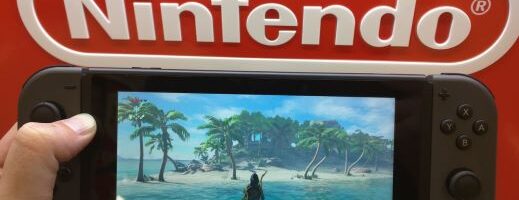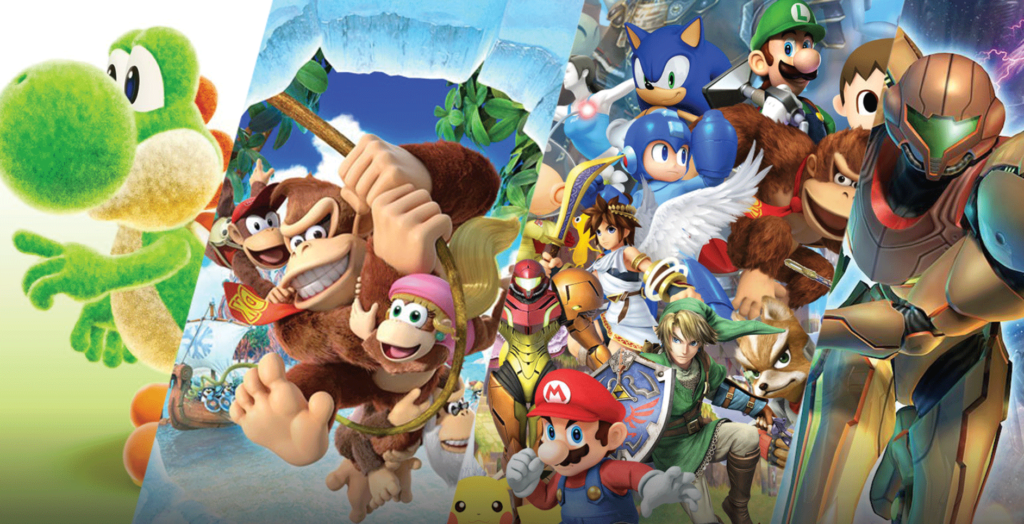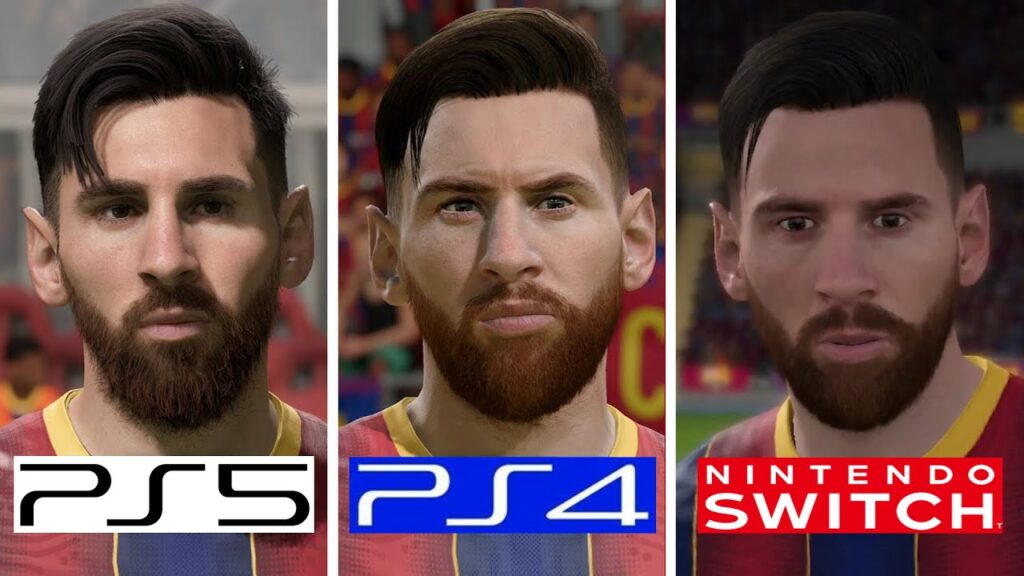Nintendo + Nvidia: Applying Machine Learning to Disrupt the Value Chain

Nintendo’s application of machine learning to its handheld gaming device breaks down supply barriers and opens strategic opportunities.
Company Background and Problem Introduction
Not many can fault Nintendo for lack of innovation – of the 10 best selling video game consoles of all time, five belong to the Japanese giant, with standout mentions going to the Wii (101.6 MM units) as the 7th best-selling console and the Switch (111 MM units) as the 5th best-selling console. However, much of what has made these consoles so attractive for gamers – novel incorporation of full-body motion and full portability – usually comes at the cost of lower graphical fidelity or a sacrifice in frame rates per second (FPS), two attributes that are usually key drivers of console and game title purchases. These non-consequential tradeoffs usually split Nintendo’s addressable market, since many “core” gamers will forgo a lower-resolution adventure with a spunky Italian plumber for a more visually immersive experience that involves shooting life-like bullets at beautifully rendered space aliens.
The Introduction of Machine Learning
That might all change with Nintendo’s latest announcement that a new, Nintendo Switch Pro, empowered with an Nvidia-produced DLSS 3.0 graphics card, might be in the works for 2022. DLSS stands for deep learning super sampling, and it allows machines that don’t have the physical space for large graphics cards to produce high-resolution images without taxing visual performance (i.e., FPS) to a crawl. Nvidia achieves this by first training its AI models with high-resolution scans, so the AI knows what a stunning resolution “should” look like. After training the AI, it is calibrated so it can match high-end resolutions with low-end inputs. Putting it all together, DLSS then samples multiple lower resolution images and uses motion data and feedback from prior frames to reconstruct native quality images. As the AI reconstructs the image, its effectively “filling in the gaps” that exist between the low-quality input and the desired high-quality native output. The best part is DLSS does all of this offline, which frees up the GPU to produce more FPS, rather than visual fidelity. As a KPI, this improves FPS by as much as 50% — a staggering lift that was previously only possible by OEM’s making costly investments in larger and clunkier GPUs.

Supply Advantages for Nintendo
This would provide tremendous strategic opportunity to Nintendo, from both a supply and demand perspective. On the supply side: first, by removing the previous graphical barrier to entry that has plagued Nintendo’s machines for years, it incentivizes game studios to design with Nintendo’s hardware in mind, which would accommodate same day console releases for the Switch (usually, ports to the Switch come months after a title’s original release on other platforms), a key factor in driving unit sales on a given platform. Second, it frees up Nintendo to continue innovating with its hardware design, already one of Nintendo’s core competencies. Third, as consumers clamor for better graphics, it reduces expenditures in the short and long term, as more powerful GPUs are more costly for OEMs to implement. Tangentially, it would also give Nintendo tighter control over its own vertical integration, as software updates can be remotely applied to the ML-enabled chip by Nvidia, meaning Nintendo would invest less capital and manpower to update its hardware production facilities.

Demand Opportunities for Nintendo
On the demand side: by boosting the Switch’s ability to render games at a high-resolution, Nintendo can now pursue demanding, competitive-minded “core gamers” that were previously out of reach. While this was previously unheard of, (the garden walls that once separated Xbox players from playing with PlayStation players led to tightly entrenched platform fanatics), as more and more games are being released with platform-agnostic, cross-play functionality (i.e., anyone with a copy of the game can play with anyone else), the choice of which console to buy a game for has become largely a hardware question. As DLSS narrows the performative gap between consoles, we would expect to see more Call of Duty players on a Switch than we’ve seen before. In addition to reaching disparate audiences, DLSS also enables Nintendo to deliver a more compelling value proposition to its current target customers. While all game developers and OEMs would benefit from DLSS, Nintendo is in a better position to extract value because it boasts a wide assortment (arguably, the widest) of highly sought-after console-exclusives. Right now, PlayStation is the largely undisputed paragon of providing fully immersive, beautiful single player experiences. If Nintendo can fully harvest DLSS, it can provide the same immersive experiences boasted by PlayStation’s titles, but because it has more valuable intellectual properties in its portfolio, it can compete at a higher level.

Sources:
https://www.nvidia.com/en-us/geforce/technologies/dlss/
https://www.theverge.com/2021/3/26/22348095/nintendo-switch-nvidia-dlss-graphics-ai-explained
https://en.wikipedia.org/wiki/List_of_best-selling_game_consoles




This is really interesting! I’d be curious to see whether other consoles adopt DLSS if it’s as big a game-changer for Nintendo as it seems to be. It’d be neat to see larger consoles take on smaller form factors/leverage the same portability that the Switch hosts.
Hi Jonathan, thank you so much for your post!
That was really interesting! I agree that graphic resolution is a competitive advantage and something that is driven by customer demand. Espcially your point “If Nintendo can fully harvest DLSS, it can provide the same immersive experiences boasted by PlayStation’s titles, but because it has more valuable intellectual properties in its portfolio, it can compete at a higher level” really sticked to me – def a new learning about AI in gaming for me 🙂
I am wondering how the DLSS works on portable devices, would that also include longer buffering times to play a game?
Super interesting to me as a Nintendo fan!
I agree with your point “as more and more games are being released with platform-agnostic, cross-play functionality (i.e., anyone with a copy of the game can play with anyone else), the choice of which console to buy a game for has become largely a hardware question.” but also wonder if this technology can actually bring or find new customers to Nintendo because I believe that most of the hardcore game fans anyway already possess so-called “main” hardware, so I’m not super sure if there are untouched markets that Nintendo can grab by this improved graphics tehcnology… happy to be proven wrong!
Hey Lina.
You can check my comment below for my thoughts on this. I definitely agree with the concept of “main hardware”. This would be my PS5, but as a Nintendo fan from childhood, I also own a Nintendo Switch, and I think that I represent a large percentage of Nintendo’s market. Nintendo currently profits off nostalgia, so this new direction with NVIDIA’s DLSS could actually cannibalize the market for the other OEMs since the Switch could become my only console as a casual gamer. Just look into the excitement for the handheld Valve Steamdeck. So I think Nintendo should go full steam ahead on this!
Thanks for writing about this, Jonathan. I’m an avid gamer, and my first game console was a Nintendo Gameboy Advanced SP, which I still cherish 20 years later. Due to the graphical differences between Nintendo and the other console OEMs, I always find myself split between two ecosystems. I love Nintendo’s original characters like Super Mario and Donkey Kong, so I always. But I’m also a sucker for high-end graphics so I own a PlayStation 5, as well for this! Everyone in the gaming industry is excited about DLSS. Digital Foundry has performed a few graphics analyses showing the benefits of DLSS for PC, PlayStation and XBox gaming as well. I don’t think many have covered how impactful it could be for Nintendo. I can definitely imagine a future where I don’t have to own two separate consoles anymore. I’d love to play graphically intensively games while tucked away in bed away from the couch, so I’m routing for Nintendo. Every 90s gamer dreams of a handheld that can – the PSP and PS Vita (which I owned as well ) were meant to solve this, but unfortunately Sony lost momentum. I hope Nintendo and NVIDIA continue innovating in this handheld gaming market and brings PC-grade graphic fidelity to the portable gaming market.